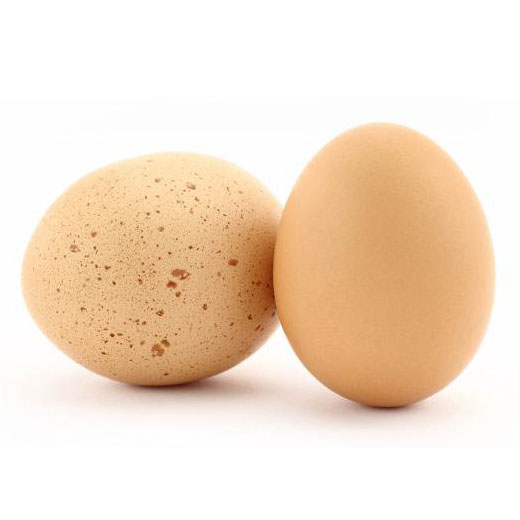
MYTH: If you are struggling with hyperpigmentation (dark spots on the skin), you need to exfoliate with scrubs, chemical peels, or both.
FACT: That’s simply going to make hyperpigmentation worse, and the only way to treat hyperpigmentation is with time and a dedicated, targeted routine.
Here’s the full scoop. There are 5 layers that make up the top layer (epidermis) of your skin. The deepest of the 5 layers is called the basal layer, and it houses melanocytes. These guys are responsible for regulating production of melanin (pigmentation). When melanocytes are compromised (typically due to sun damage by itself or after trauma), they produce extra pigmentation in order to protect those basal cells from further damage. Hence, hyperpigmentation spots showing up.

A standard school of thought is: “Exfoliation will bring up new skin cells and get rid of the dark spots.” This is false because exfoliation only removes the top layer of the epidermis. (Remember: there are 5 layers, and hyperpigmentation starts in the bottom layer.) Therefore, removing a top layer of the epidermis is simply allowing more UV rays to damage a poor, compromised basal layer.
Once again for those in the back:
Chemical peels will exacerbate hyperpigmentation by removing one layer of protection and exposing the pigmented cells to more UV light.
The good news is that hyperpigmentation can be treated. Instead of using peels, treat hyperpigmentation with the following:

- Time. We know that’s not what you want to hear in this fast-paced, #RightNow world, but compromised melanocytes need a solid 12-18 months to repair themselves (and that’s only IF they receive the proper protection and vital vitamins they need).
- Block UV Light. The more UV light the compromised melanocyte is exposed to, the more melanin it’s going to produce. Block UV light with a physical sunscreen, sunglasses, wide-brimmed hats, and umbrellas. Wear sunscreen even when it’s cloudy and/or you’re inside.
- Vitamins A, B3, & C. These vital vitamins each have their own role in reducing hyperpigmentation. A healthy supply of Vitamin A will stabilize the melanocyte. Vitamin C is known to inhibit tyrosinase, which is good because tyrosinase aids in the production of hyperpigmentation. Plenty of Vitamin B3 is also instrumental because B3 inhibits another part of the hyperpigmentation process. These vitamins should be a part of both your diet and your skincare regimen. RESET has Vitamins A, B3, & C. HYDRATE has Vitamins C & B3.
- Phenylalanine. This amino acid can inhibit the Melanocyte Stimulating Hormone, which is instrumental in the hyperpigmentation process.
- Anti-Oxidants. Anti-oxidants prevent our body’s natural L-Dopa from creating more melanin pigment. Find anti-oxidants in SCREEN, HYDRATE, RESET, THE OIL, and CLEAN.
Unfortunately, there are no quick, overnight fixes for hyperpigmentation. While chemical peels are good for many skin woes, hyperpigmentation is not one of them. Treating hyperpigmentation truly takes time, protection, and nourishment.